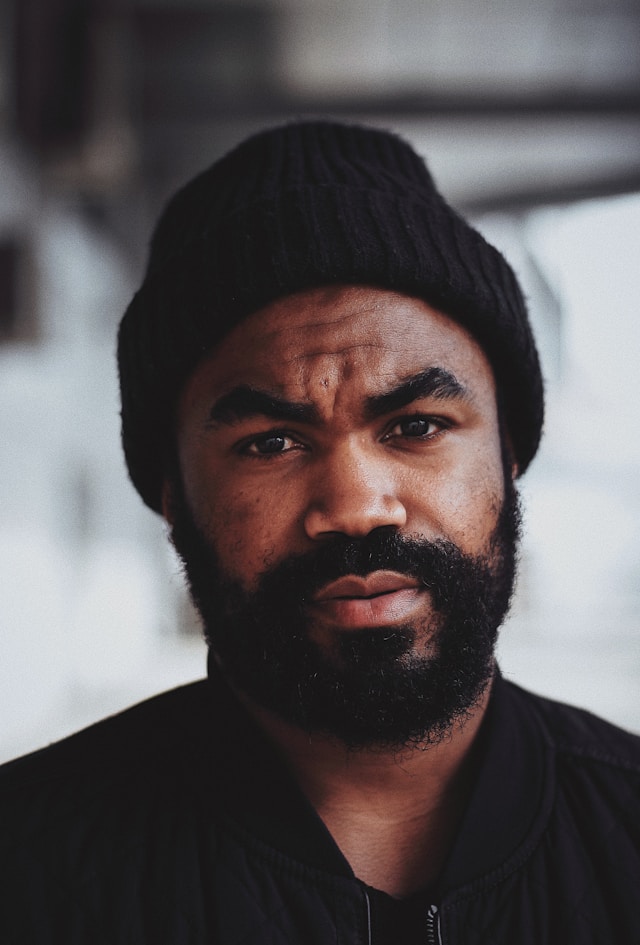Cast Away (2000) Ending Explained
tl;dr
The ending of Cast Away (2000) sees Chuck Noland (Tom Hanks) returning to civilization after four years stranded on a deserted island. He reunites with his fiancée Kelly (Helen Hunt), only to discover she has moved on and married another man. The film concludes with Chuck at a crossroads, standing at a remote intersection, symbolizing his newfound freedom to choose his own path after surviving both physical and emotional isolation. The ambiguous final shot leaves his future open to interpretation, emphasizing the theme of resilience and the unpredictable nature of life.
Detailed Explanation of the Ending
After being rescued and returning to Memphis, Chuck struggles to reintegrate into a world that has moved on without him. His emotional climax occurs when he meets Kelly, who is now married and a mother. Their tearful reunion is bittersweet; while they still love each other, Chuck realizes their relationship can never be the same. This moment underscores the film's central theme: time and circumstance irrevocably change people. Kelly's life continued while Chuck's was frozen on the island, creating an unbridgeable gap between them. The scene is heartbreaking yet realistic, showing that survival doesn't guarantee a happy ending-just a chance to start anew.
The final act of Cast Away shifts focus to Chuck's personal growth. He delivers the unopened FedEx package he saved throughout his ordeal (symbolizing his unwavering commitment to duty) to its recipient, though we never see its contents. This act represents closure for his old life. The film's iconic final scene shows Chuck standing at a remote desert crossroads, staring down an empty road stretching into the horizon. The camera pans out, leaving his next steps unknown. This imagery suggests Chuck is now free to redefine himself, unshackled from societal expectations or past identities. The open-ended conclusion invites viewers to project their own interpretations onto his future.
Unresolved Questions
- What was in the FedEx package?
- The film deliberately leaves this unanswered, but theories range from mundane supplies (like a satellite phone) to symbolic items (a wedding dress or a compass). Its contents are less important than what it represents: Chuck's perseverance and the randomness of fate.
- Does Chuck reunite with Kelly later?
- Unlikely. Their final goodbye implies mutual acceptance that their paths have diverged forever.
- Where does Chuck go after the crossroads?
- Possible answers: He seeks out the woman whose wings were on the package (implied by the address), travels the world, or finds solace in solitude. The ambiguity reinforces the film's message about life's unpredictability.
Personal Opinion
Cast Away's ending is a masterclass in emotional restraint and thematic resonance. Unlike traditional survival stories that end with triumphant returns, this film acknowledges the quieter, more complex reality of reintegration. Chuck's journey isn't just about escaping an island but confronting the irreversibility of time. The crossroads finale is poetic-it doesn't provide easy answers but trusts the audience to reflect on Chuck's resilience. Tom Hanks's performance elevates the ending from melancholic to profoundly hopeful. While some may crave resolution, the ambiguity is the point: life, like the open road, is full of unknowns, and sometimes survival means embracing that uncertainty.
Final Thoughts
The power of Cast Away lies in its refusal to tie everything neatly. Chuck's survival is a victory, but the cost is palpable. The ending mirrors real life, where closure is rare and moving forward is the only option. Whether Chuck finds happiness is less important than the fact he's now capable of choosing it. The film's lingering questions and stark realism make it unforgettable, a testament to the human spirit's adaptability in the face of profound loss.
